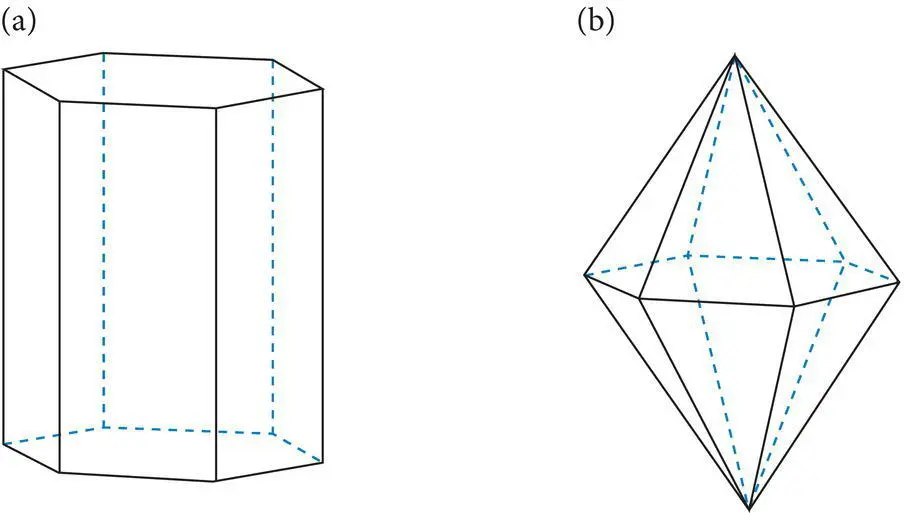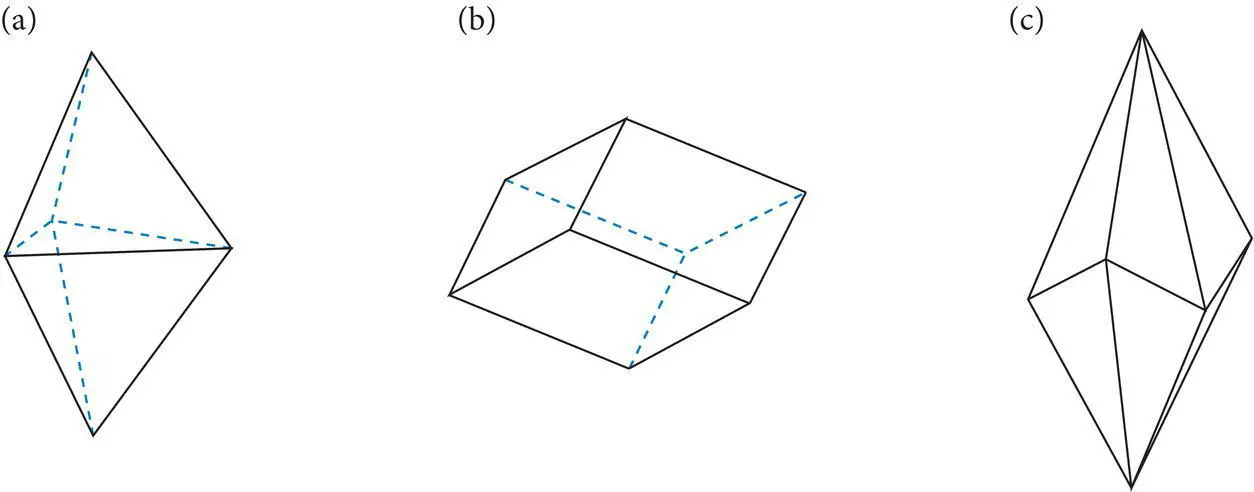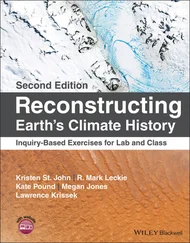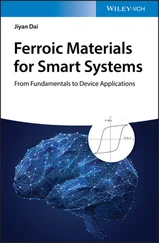John O'Brien - Earth Materials
Здесь есть возможность читать онлайн «John O'Brien - Earth Materials» — ознакомительный отрывок электронной книги совершенно бесплатно, а после прочтения отрывка купить полную версию. В некоторых случаях можно слушать аудио, скачать через торрент в формате fb2 и присутствует краткое содержание. Жанр: unrecognised, на английском языке. Описание произведения, (предисловие) а так же отзывы посетителей доступны на портале библиотеки ЛибКат.
- Название:Earth Materials
- Автор:
- Жанр:
- Год:неизвестен
- ISBN:нет данных
- Рейтинг книги:5 / 5. Голосов: 1
-
Избранное:Добавить в избранное
- Отзывы:
-
Ваша оценка:
- 100
- 1
- 2
- 3
- 4
- 5
Earth Materials: краткое содержание, описание и аннотация
Предлагаем к чтению аннотацию, описание, краткое содержание или предисловие (зависит от того, что написал сам автор книги «Earth Materials»). Если вы не нашли необходимую информацию о книге — напишите в комментариях, мы постараемся отыскать её.
Earth Materials,
Earth Materials,
Earth Materials — читать онлайн ознакомительный отрывок
Ниже представлен текст книги, разбитый по страницам. Система сохранения места последней прочитанной страницы, позволяет с удобством читать онлайн бесплатно книгу «Earth Materials», без необходимости каждый раз заново искать на чём Вы остановились. Поставьте закладку, и сможете в любой момент перейти на страницу, на которой закончили чтение.
Интервал:
Закладка:

Figure 4.24 Five common forms in the isometric system: (a) cube, (b) octahedron, (c) dodecahedron, (d) tetrahedron, (e) pyritohedron.
Many other forms exist. Every crystal form has a form index, which is the Miller index of the form face placed in brackets. Each form consists of one or (generally) more faces and each face possesses a Miller index different from that of every other face in the form. Every crystal system has a characteristic suite of forms that reflect the unique characteristics of the crystal lattice of the system, especially the relative lengths of the three crystallographic axes that directly or indirectly reflect the lengths of the unit cell edges. The forms that are characteristic of each class (space point group) in each crystal system are beyond the scope of this text (see Klein and Hurlbut 1985). However, a brief review of some common forms in each crystal system is appropriate.
4.6.7 Common crystal forms in each system
Isometric (cubic) system forms
All forms in the isometric system are closed forms. Common crystal forms in the isometric system include the cube, octahedron, dodecahedron, tetrahedron, and pyritohedron ( Figure 4.24). These forms may occur alone or in combination with each other. Common isometric minerals, their crystal forms, and form indices are summarized in Table 4.6.
These form indices are also used to describe cleavage in isometric minerals. These minerals include halite and galena, which possess cubic cleavage {001} with three orientations of cleavage at right angles; fluorite, which possesses octahedral cleavage {111} with four cleavage orientations; and sphalerite, which possesses dodecahedral cleavage {011} with six orientations of cleavage.
Table 4.6 Common isometric crystal forms, form indices, form descriptions, and minerals.
| Crystal form | Form indices | Form description | Minerals that commonly exhibit crystal form |
|---|---|---|---|
| Cube | {001} | Six square faces | Halite, galena, pyrite, fluorite, cuprite, perovskite, analcite |
| Octahedron | {111} | Eight triangular faces | Spinel, magnetite, chromite, cuprite, galena, diamond, gold, perovskite |
| Dodecahedron | {011} | 12 diamond‐shaped faces | Garnet, sphalerite, sodalite, cuprite |
| Tetrahedron |  |
Four triangular faces | Tetrahedrite, sphalerite |
| Pyritohedron | {h0l} | 12 pentagonal faces | Pyrite |

Figure 4.25 Common crystal forms in the tetragonal crystal system: (a) tetragonal prism in combination with a pinacoid, (b) tetragonal dipyramid, (c) tetragonal dipyramid in combination with a tetragonal prism.
Table 4.7 Common tetragonal crystal forms, form indices, form descriptions, and minerals.
| Crystal forms | Form indices | Form description | Minerals that commonly exhibit crystal form |
|---|---|---|---|
| Tetragonal dipyramid | {111} {hh1} {011} {0kl} and variations | Eight triangular faces; top four separated from bottom four by mirror plane | Zircon, rutile, cassiterite, scheelite, wulfenite, vesuvianite, scapolite |
| Tetragonal prism | {010} {110} and variations | Four rectangular faces parallel to c‐axis | Zircon, scheelite, vesuvianite, rutile, malachite, azurite, cassiterite, scapolite |
| Tetragonal disphenoid | {0kl} | Four triangular faces; alternating pairs symmetrical about c‐axis | Chalcopyrite |
| Basal pinacoid | {001} | Pair of faces perpendicular to c‐axis | Vesuvianite, wulfenite |
Tetragonal system forms
Tetragonal crystals can possess closed and/or open forms. Common closed crystal forms in the tetragonal crystal system include different eight‐sided dipyramids. Common open forms include four‐sided and eight‐sided prisms and pyramids, as well as pinacoids and pedions. Typical crystal forms and associated minerals in the tetragonal crystal system are shown in Figure 4.25and Table 4.7.
Hexagonal system (hexagonal division) forms
Common crystal forms in the hexagonal system include 6–12‐sided prisms, dipyramids, and pyramids. Pinacoids and pedions are also common. Some selected examples of common crystal forms and minerals in the hexagonal system are illustrated in Figure 4.26and Table 4.8.
Trigonal system (hexagonal system, trigonal division) forms
Common closed crystal forms in the trigonal system include the six‐sided rhombohedron, the 12‐sided scalenohedron, six‐sided hexagonal dipyramids and three‐sided trigonal pyramids. Three‐ and six‐sided prisms, and pinacoids and pedions are also common. Many forms common in the hexagonal division also occur in trigonal crystals, but not vice versa. Common crystal forms and representative minerals in the trigonal crystal system are summarized in Figure 4.27and Table 4.9.

Figure 4.26 Common crystal forms in the hexagonal crystal system (hexagonal division): (a) hexagonal prism closed by a basal pinacoid, (b) hexagonal dipyramid.
Table 4.8 Common hexagonal crystal forms and associated hexagonal and trigonal minerals.
| Crystal forms | Common form indices | Form description | Minerals that commonly exhibit crystal form |
|---|---|---|---|
| Hexagonal dipyramid |  and variations and variations |
12 triangular faces inclined to c‐axis; top six separated from bottom six by mirror plane | Apatite, zincite |
| Hexagonal prism |  and variations and variations |
Six rectangular faces parallel to c‐axis | Apatite, beryl, quartz, nepheline, corundum, tourmaline |
| Basal pinacoid | {0001} | Pair of faces perpendicular to c‐axis | Apatite, beryl, corundum |

Figure 4.27 Common crystal forms in the trigonal system: (a) trigonal dipyramid, (b) rhombohedron, (c) scalenohedron.
Orthorhombic crystal system
Common crystal forms in the orthorhombic system include four‐sided rhombic prisms and pyramids, and eight‐sided dipyramids. Pinacoids are the dominant form and pedions are also common. Common crystal forms and associated minerals in the orthorhombic crystal system are indicated in Figure 4.28and Table 4.10.
Читать дальшеИнтервал:
Закладка:
Похожие книги на «Earth Materials»
Представляем Вашему вниманию похожие книги на «Earth Materials» списком для выбора. Мы отобрали схожую по названию и смыслу литературу в надежде предоставить читателям больше вариантов отыскать новые, интересные, ещё непрочитанные произведения.
Обсуждение, отзывы о книге «Earth Materials» и просто собственные мнения читателей. Оставьте ваши комментарии, напишите, что Вы думаете о произведении, его смысле или главных героях. Укажите что конкретно понравилось, а что нет, и почему Вы так считаете.












